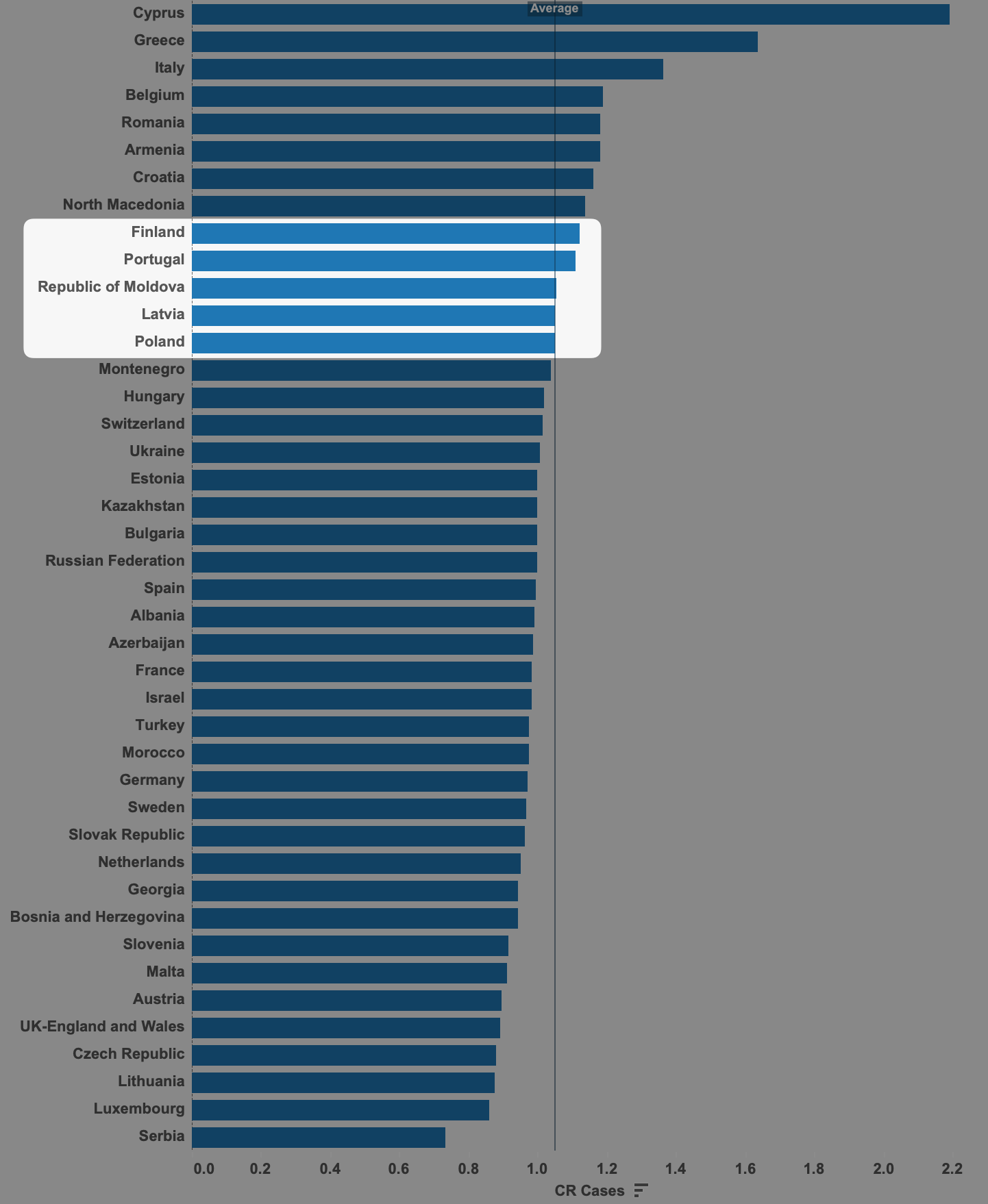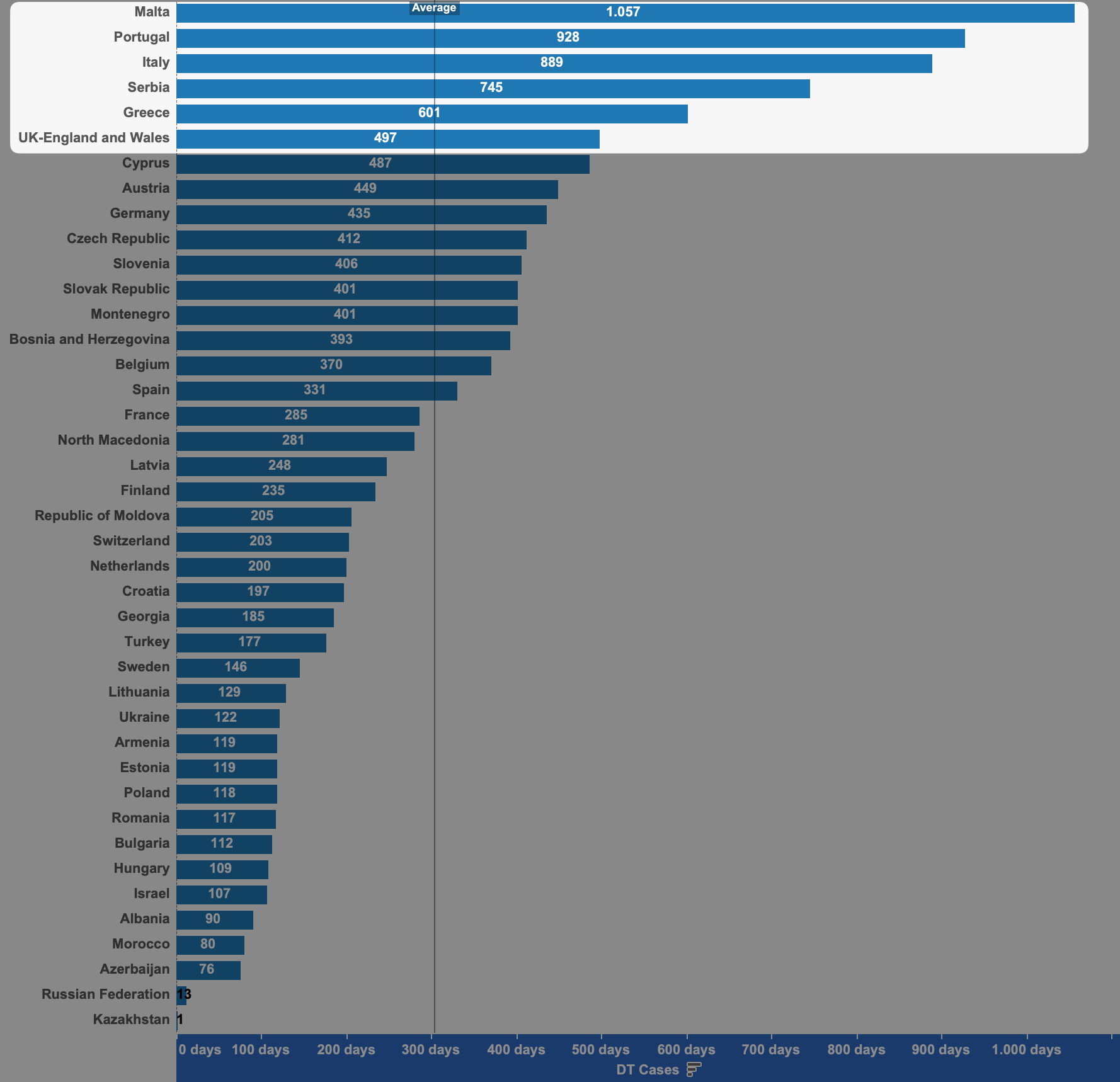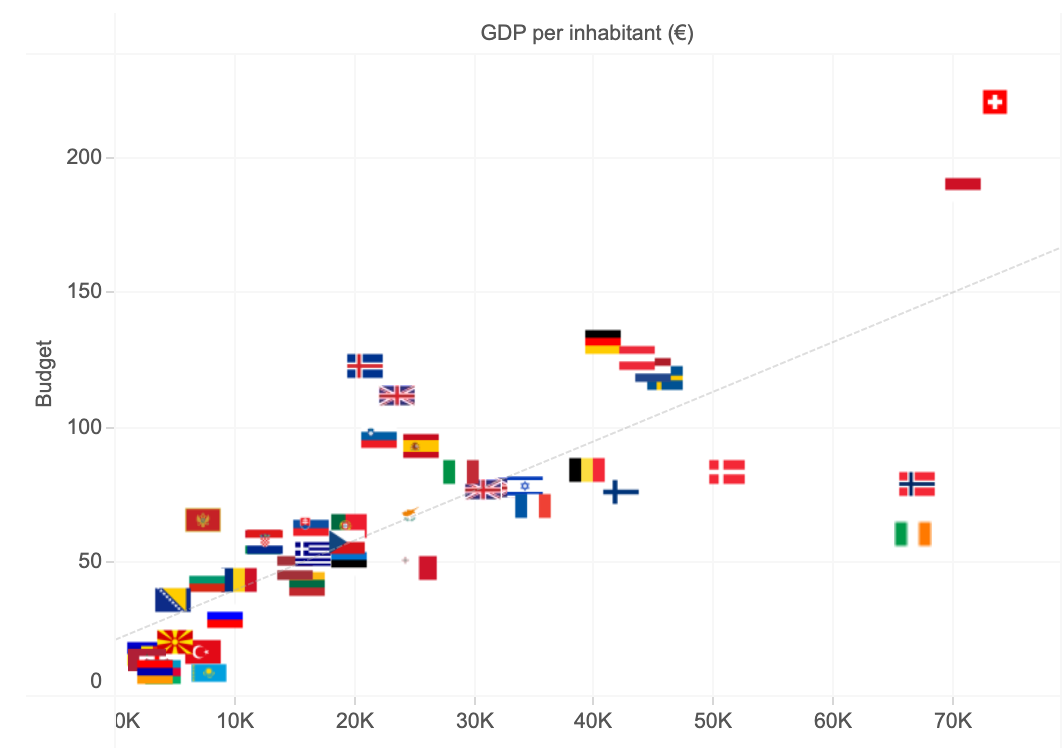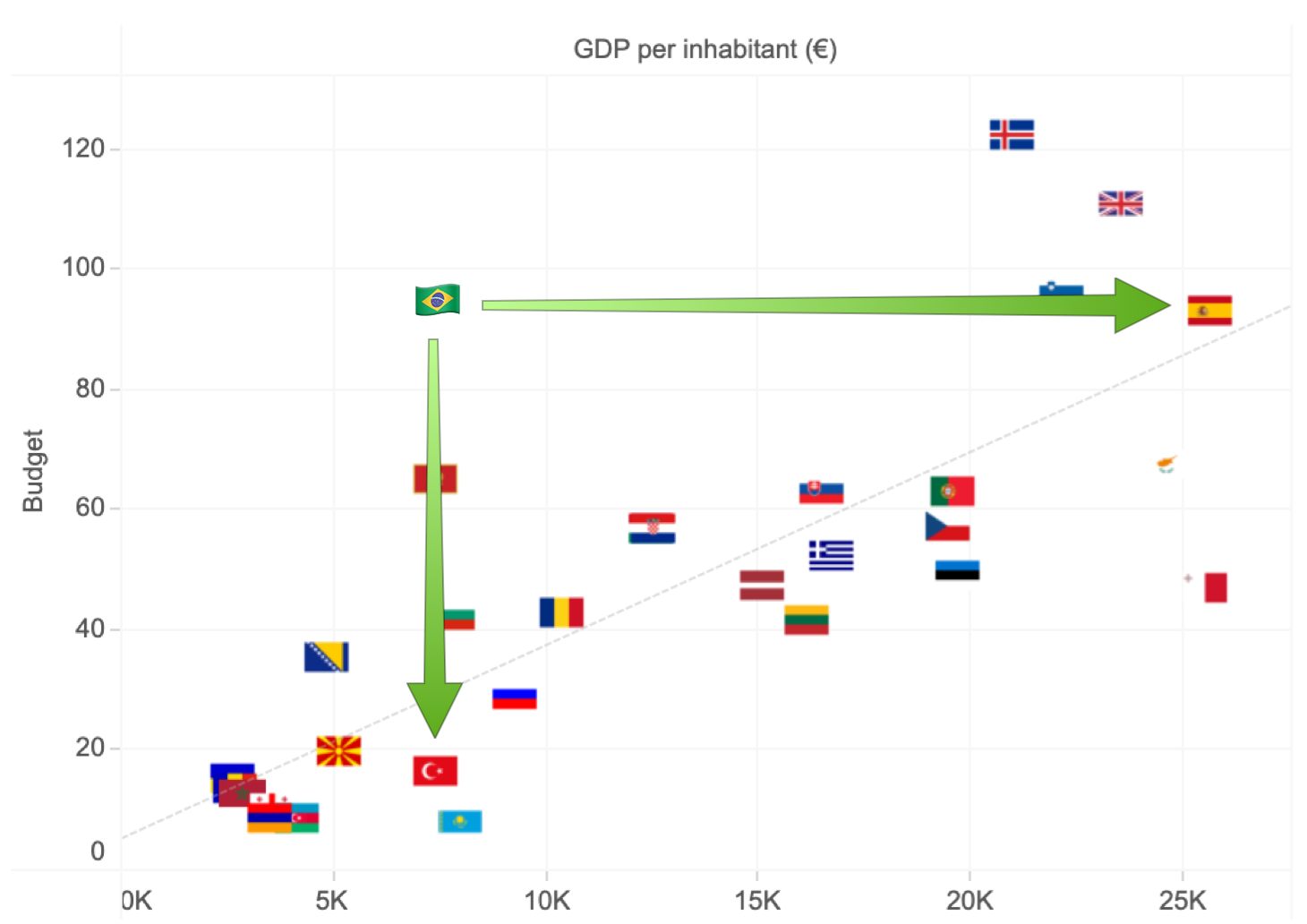Jurists consume information in the culture of the document and its maximum expression is the existence of the vade mecum. Although the format is in decline, it is not possible to say that it is totally obsolete.
This same culture leads to courts publishing their internal regulations in pdf format, not on web pages. So, somehow, we remain stuck in the documentary metaphor and there is no easy way out of it. The fact is that, within the universe of law, few information systems have been built and we continue to be attached to documents as the starting point of our work.
When the fever of the RAG , I even tested the feasibility of transposing the data from this type of document to a vector bank, with the aim of consuming this information through a chatbot. But, of course, this is an unfortunate transposition, since, in the case of the vade mecum, all information about the structure of the compendium is lost. In practice, AI responds by knowing the content, but not knowing what law it is .
In the case of regulations (and small documents in general), ChatGPT itself has already provided the solution, allowing the upload of small documents so that the bot can consult its information. Then you can choose a Chat2PDF solution from the many on the market to solve your own life quickly.
On the other hand, a satisfactory solution for more complex cases would require the organization of documents (and their parts) in order to reflect their structure. To my knowledge, there is still no commercial solution to this.
Either way, if you want to make your own attempt at conversing with texts in general, I recommend hosting an instance of Weaviate as your vector bank, if paying USD 25 per month is not a problem. The chat interface can be prototyped in the Flowise , which is an open source tool for creating routines based on LanchChain.
Since loading large documents into the database can be a problem, I recommend the VectorAdmin to manage the inclusion of these entries. And to complete the open source stack, Weaviate-UI helps you see the information entered into your database.
I discard the use of other databases, such as Pinecone (for its price), Qdrant (for the limitations of the endpoint offered in the open source version) and Chroma (because it has no interface). With that, I recommend the Weaviate-centric stack
If you have success indexing this type of content in a vector database, please tell me. Personally, I found the result unsatisfactory, except when the indexed content has the form of entries (which is the case of summaries and newsletters). Thus, I do not consider the approach of talking to a large pdf as a vade mecum to be productive. And for small texts, any application (like ChatGPT) would already solve your life.
I created a bot to recommend members of the undergraduate committee from the list of dissertations and theses defended at the Graduate Program in Law at UnB.
In this first version, the data is not being served in a structured way, so he can confuse the advisor with the approved one. Even so, it offers a starting point for the composition of more diversified boards with highly motivated members.
378 works (dissertations and theses) were cataloged, defended between the second semester of 2022 and the second semester of 2024. The data source is the SIGAA public interface, properly handled for conversion of HTML entities , as well as for the standardization of encoding. Without these debugging steps, the displayed characters would be unintelligible.
On the merits, the fact is that it is very difficult to remember all the works defended and we ended up doing the boards with a very restricted group of acquaintances. The bot helps in the diversification of the boards and in the integration of graduates to the Faculty of Law.
Possible evolutions may include the generation of graduate boards in a more reliable way, as well as variations of the bot for recommending topics to be researched or possible advisors for topics already defined. In fact, as it stands today, The bot already answers most of these questions well , but it can be improved.
In the end I remind you that this is not an official initiative and that, like any artificial intelligence tool, the bot's responses may contain errors. I made this chat to solve a personal problem I had, but I decided to share it because I think it can be useful for the community in general.
You can test the bot right here. After testing, subscribe to the blog and leave your feedback in the comments (at the end of the post) so that we can all learn from your experience.
I collaborated with an article by Gabriel Shinohara and André de Souza for O Globo about the fine imposed today on TikTok by the Ministry of Justice. My participation was as follows:
The professor of Law at the University of Brasília (UnB) Henrique Costa said that the fine is low and, therefore, is another symbolic measure. He also pointed out that the issue goes through several dimensions and that consumer rights are only one. More effective measures could come from the Judiciary, such as through a lawsuit filed by the Public Prosecutor's Office.
"This fine of R$ 1,000 is derisory, it is symbolic. So it is also a symbolic thing, and it seems to me that more effective measures – not least because the consumer protection forum is not the most powerful forum, with the most resources to carry out this fight – will really depend on a judicial initiative – said Costa.
The UnB professor also said that Tik Tok, in terms of rules for access to minors, is not very different from other platforms, but has a younger audience. The challenge, he said, is to find an economically viable solution to have an effective age check. In general, only self-declaration occurs.
"The consensus in the field of "should be" exists. No one openly advocates that children be exposed to this type of content," said Costa, adding: "This point of tension has to be addressed. So, having been a fine that is not extortionate, and being a temporary measure, until you are able to do a better verification, it seems to me a measure that I cannot criticize, because it is defending values in which there is consensus that must be protected. What I can't say, and then the criticism, is whether this is a problem that has a solution. An economically viable solution for verifying millions of people through one platform.
To read the entire article, see here:
:strip_icc()/i.s3.glbimg.com/v1/AUTH_da025474c0c44edd99332dddb09cabe8/internal_photos/bs/2022/e/5/7I6e2PS3GhmJrVzC7L9Q/99591623-files-this-file-photo-taken-on-february-9-2022-9shows-the-logo-of-video-focused-social-netw.jpg)
Indicators of judicial efficiency in comparative law
Comparison between the main indicators of judicial efficiency and the indicators of the CNJ.
The studies of the CEPEJ (European Commission for the Efficiency of Justice) use two efficiency indicators. The first is a kind of "clearance rate" and the second is the "disposition time". Logically, the shorter the time for judging the case, the less congested the system will be.
The first indicator measures the number of cases resolved over the number of cases received. Essentially, this indicator is used to assess the capacity of a judicial system to handle the influx of court cases. The higher the index, the more the Judiciary will be able to reduce its collection . This is a rate that can be higher than 100%.
The CNJ, by the Justice in Numbers , calls this reference the demand fulfillment index (IAD), which "reached 108.2% in 2020, culminating in a reduction in the inventory by 2,096 thousand lawsuits. The segments of the State, Federal and Labor Courts exceeded the minimum desirable level of 100% in the IAD, with emphasis on the State Courts, which decreased 115.2% of new cases. In the Labor Court segment, only 7 TRTs recorded rates below 100%. In the Electoral Court, only two courts had a rate higher than 100% (TRE-DF and TRE-RR)".
In other words, in Brazil, the clearance rate is called the demand fulfillment index.
And, as in Brazil, congestion is a problem, the CNJ also calculates the congestion rate , using the sum of unsolved cases in the numerator, in view of everything that was processed in the year. This is a variation in perspective for calculating the accumulation, being an "indicator that measures the percentage of cases that remained pending solution at the end of the base year, in relation to what was processed (sum of pending and dismissed)". The higher, the worse the index, as it shows how much the collection has not been renewed.
In order for the index to be understood in our IAD, it is worth distinguishing the type of event that generates its calculation. In the case of the IAD, the relevant event is the distribution , which only occurs once in the life of each case. Thus, the IAD has as its object new processes. In contrast, In the case of the calculation of the congestion charge, the relevant event is the progress of the case , which occurs several times in the procedural life cycle.
Thus, the congestion rate has as its object processes that have progressed, becoming, in theory, subject to solution by the Judiciary. If judged, the cases change their status from pending to downloaded. In other words, the index measures everything that was moved, having the chance of being solved, but ended up not being solved. Or, to put it another way, The index measures the proportion of cases that remained pending judgment, despite having been moved .
The CNJ, by the Justice in Numbers , discloses that "the congestion rate of the Judiciary oscillated between 70.6% in 2009 and 73.4% in 2016. From that year on, the rate gradually drops until it reaches the lowest rate in the historical series in 2019, with a rate of 73%. In 2020, there was an increase in the congestion rate of around 4.3 percentage points, returning to the level of 2015."
One way to interpret the Brazilian data is to say that, Despite the recent effort to judge more than enough, there is still a liability that is difficult to reduce . As much as the Judiciary faces what arrives, it would still take, in many instances, around three years to placate the liabilities, even if no new case was distributed.
The other indicator used by CEPEJ (disposition time) refers to the time it takes to judge a case.
It is an indicator measured in days, computed from the comparison between pending and resolved facts.
In the case of Brazilians, in terms of the average time until the dismissal of a case, Justice in Numbers informs, for example, that a case takes 3 years and 10 months in the first degree and 2 years and 2 months in the second degree. That is, the sum of the knowledge and appeal phases is 6 years . But as we have always known, The biggest bottleneck is in the execution of extrajudicial titles, as it lasts 7 years and 3 months in the first degree . And the most serious case is that of tax foreclosure, as it lasts more than 1 year than other extrajudicial foreclosures.

As can be seen, it is not exactly easy to understand judicial indicators. In addition, the lack of parallel between Brazilian and foreign indicators makes comparisons even more complex.
In any case, it is possible to say that Europe's clearance rate is around 99.7%, while Brazil's may be even higher. This does not mean that the Brazilian situation is better , because apparently what happens in Brazil is a higher yield at the moment, without prejudice to a huge and persistent accumulation. After all, it is not very intuitive that, in the Brazilian case, even with an indicator of more than 100%, the judgment of the collection requires years of work - even in a hypothetical situation of suspension of distribution.
The trial time is much more relevant to understanding the health of the judicial system, because in Europe the median duration of a process is 205 days. The sentence time alone in the Brazilian case would be three times , in addition to all the appeal delay and also the satisfactory phase. This seems to be an eloquent indicator that represents the situation we are experiencing in Brazil.
Congestion and duration of proceedings in Europe and Brazil
Comparison of congestion and duration of processes based on data from the CNJ and the Council of Europe.
As previously discussed, there are two indicators widely used in comparative law when the purpose is to measure the efficiency of a judicial system: the level of response to demand and the duration of the proceedings. Recap these concepts here, if you prefer:

Post detailing the methodology of the indicators
With regard to meeting demand, we have seen that Brazil has been reaching levels close to 110% of annual demand . This puts us close to the Finland and Portugal . The top of this indicator is occupied by Cyprus, Greece and Italy , which confirms that - in isolation - this is not a sufficient indicator to attest to the health and quality of the Judiciary.
It is enough to see that there are several developed countries occupying the lower average of this ranking, as is the case of the following: United Kingdom, Austria, Netherlands, Sweden and Germany :

In addition to the level of demand fulfillment (IAD), there is a more useful indicator, but also more complex to be portrayed. It is the duration of the processes. To begin with, Brazil reports the average indicator in years (6 years of pending proceedings between the first and second levels of jurisdiction). In other words, the duration of the knowledge phase of a process exceeds 2 thousand days in Brazil .
But, to be in a more comparable situation, let's assume that the duration of a process in Brazil was only that of knowledge in the first degree of jurisdiction, which is equivalent to almost 1,400 days. This duration would already be 40% longer than the slowest judiciary in Europe. So the process in Brazil is very long from any perspective.
Being incomparable with the European standard of expectation of timely solution, it is only up to us to report some curiosities. Portugal, Italy, the United Kingdom and Germany are in the group of the 10 slowest But Portugal is three times slower than average . The presence of the United Kingdom in this ranking is also noteworthy, as Brazil, Portugal and the United Kingdom have recently reformed their procedural systems.

I still don't know if the procedural reforms of these countries (which share the value of a powerful judge) were a cause or a consequence of the delay. I suppose that these reforms have increased the cost of the process, in terms of time and money, in Portugal and the United Kingdom. It would be a good subject for a future post. Studying comparative law is really an inexhaustible source of hypotheses.
The latest CEPEJ study on judicial budget in Europe It is relative to the year 2018. The darker the country, the richer it is in proportional terms (GDP per capita). The larger the circle, also proportionally, the more expensive the Judiciary is (judicial budget per capita).

The country that spends the most annually is Switzerland (€ 220 /inhabitant/year), and it is also the country with the highest GDP per capita (€ 73,697 /inhabitant/year). Also clashing, Monaco comes next.
There is a second platoon, formed by Germany, Austria, the Netherlands and Sweden , all with intermediate income (greater than € 40 thousand/inhabitant/year). It seems that, although it is an intermediate income, it is a sufficiently high level to form the floor of a group of comparable countries. These countries spend a lot of money on the judiciary.
In contrast, even within countries with intermediate and high income (greater than € 40 thousand/inhabitant/year), there is the group of countries that invest less than the average in the Judiciary: Denmark, Norway, Finland and Ireland . These countries do not spend much money on the judiciary.

Also analyzing the countries with a slightly lower GDP (from € 26 thousand to € 40 thousand/inhabitant/year), it is possible to find a block that spends on average (from € 70 to € 80 /inhabitant/year). They are: Belgium, United Kingdom, France and Italy . They are a kind of average of the European average.
In the same period, the Brazilian GDP per capita was (€ 7,789 /inhabitant/year), considering a population of 209.5 million Brazilians (Source: World Bank ). The judicial budget, in turn, was 102.1 billion for 2018, which resulted in per capita spending of R$ 489.58 (Source: C NJ). This places Brazil with a per capita expenditure of around € 91.77.
With all the problems that this approach can have, there is something that proves its value. This is a proportional comparison, which is why we can conclude that the Brazilian Judiciary is expensive, compared to the lowest-income group in the sample .
Brazil's income level allows for a more adequate comparison with Eastern Europe. Even so, Brazil would occupy a blank place in the European diagram, since none of the lower-income countries spends around € 90 /inhabitant/year. This spending is comparable to that of Spain, whose proportional GDP is more than three times higher. Income, in turn, would put Brazil in line with Turkey, which is its approximate position in the graph:

In a future post I will compare the same data, not from the perspective of the inhabitant, but from the percentage of the judicial budget over the GDP. It is also another way of investigating whether our Judiciary is expensive or cheap.
What is collection turnover?
Collection turnover is a very eloquent indicator, as it shows how long the Judiciary would need to "close" to zero its current collection.
Of all the indicators of judicial productivity, perhaps the turnover of the collection is the most eloquent. He reveals how long a court would need to "close" to judge the collection currently pending.
According to Justice in Numbers , the TJSP is the state court with the longest turnover time, requiring 4 years and 5 months without distribution to judge its collection. The other large courts are in the national average, requiring around 3 years to reach the same position. This is also the average turnover time of the Federal Justice's collection.

The higher courts, on the other hand, would need 1 year of 3 months, on average, to zero their collection. Well, it is an indicator that speaks for itself and gives us a real dimension that we have years of delay to placate.
According to the latest report by CEPEJ (European Commission for the Efficiency of Justice), the United Kingdom does not plan a comprehensive reform of its judicial system , nor change your budget. For example, structural changes, changes in the number of courts, changes in the form of management, construction of buildings, etc. are not underway.
With regard to access to justice, there is a bill to review legal aid in criminal cases. The discussion is motivated by greater control of expenses and more effective sanctions in cases of abuse in legal aid.
Since 2019, the High Judicial Council has existed , a council made up of all magistrates in the United Kingdom, whose mission is to promote excellence in the exercise of jurisdiction. The executive functions are the responsibility of a Board, as well as the Judicial Studies Committee, which operates in the same way as a school of magistracy. The Council also has a correctional function conducted by a committee that has external members in its composition.
With regard to the legal professions, a Bill to give more transparency to the process of appointing magistrates . The current rule has been in force since 1995 and organizes the Judicial Appointments Commission.
What is intended is that the new commission (which has a lay majority) selects and recommends magistrates for appointment, as well as enables wide publicity on the criteria required of candidates. One of the biggest changes in the system should be the formation of triple lists, instead of lists with seven names, as those currently drawn up.
In addition, since 2018, the Mediation Act has created a system for promoting dispute resolution through mediation. The objective is to reduce costs for the parties, making the process faster.
Finally, since 2012, the Penal Policy Review Group ( PPRG ), whose objective is to promote a broad review of penal policy. The report presented in 2014 has 43 recommendations and has been monitored by an implementation group since 2015. Among the measures discussed are the search for alternatives to custody, the improvement of accommodation standards and prison services , demand for more discipline in the use of temporary release programs.
/i.s3.glbimg.com/v1/AUTH_da025474c0c44edd99332dddb09cabe8/internal_photos/bs/2018/t/I/ui9JaUSbKCFi0P7fFIzQ/favicon-oglobo.png)
